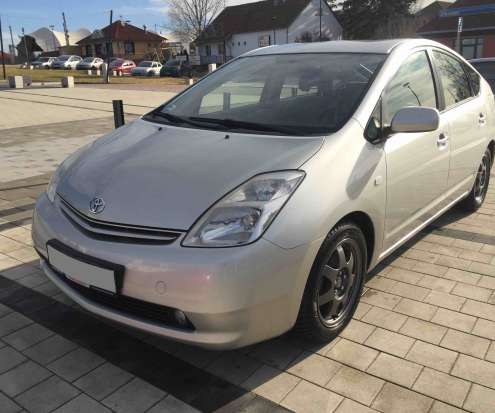Sandia-led team demonstrates two efficient hybrid biochemical routes for lignin conversion to value-added chemicals
Green Car Congress
NOVEMBER 11, 2017
A Sandia National Laboratories-led team has demonstrated two new routes to lignin conversion that combine the advantages of earlier methods while minimizing their drawbacks. Products made from converted lignin could subsidize biofuel production, making the cost of biofuels more competitive with petroleum. A strain of E.






























Let's personalize your content